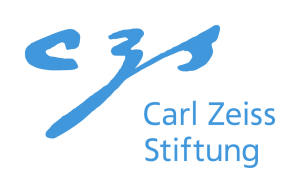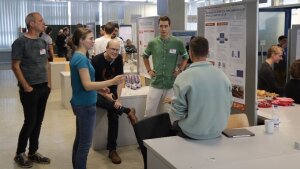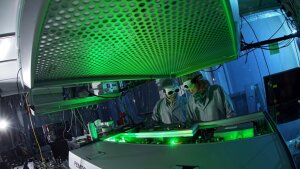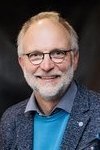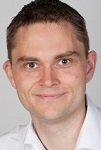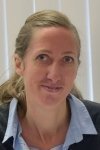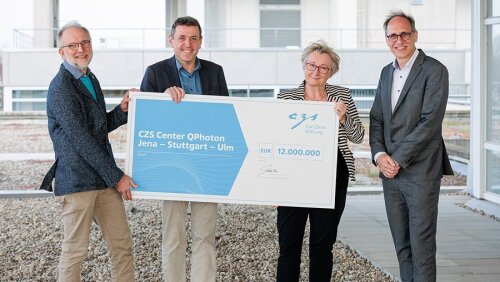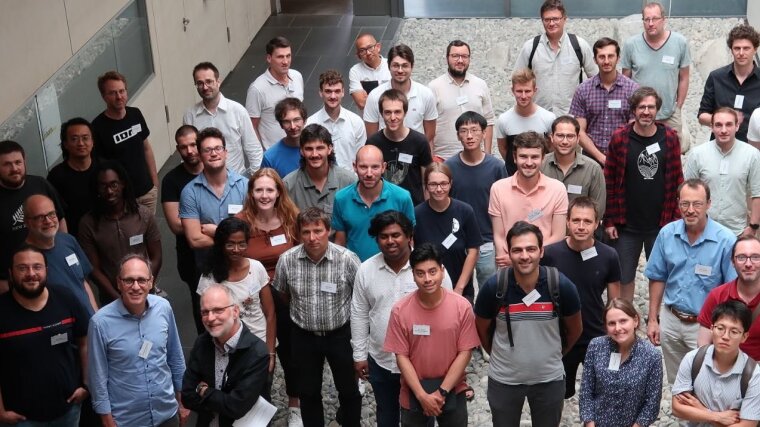
Carl-Zeiss-Stiftung Logo
Picture: Carl-Zeiss-Stiftung.The CZS Center QPhoton is supported by the Carl-Zeiss-Stiftung with EUR 12 Mio spanning over the three locations, and from 2022 until 2027. For more information, please contact: office@qphoton.de
Details, goals and recent activities of the CZS Center QPhoton are also shown at: https://qphoton.deExternal link
Specific activities of the CZS Center QPhoton at the Jena location are also highlighted below:
QPhoton Board of Directors
Prof. Dr. Andreas Tünnermann
Image: Anne Günther (University of Jena)Prof. Andreas TÜNNERMANN
Executieve director CZS Center QPhoton
Email: andreas.tuennermann@uni-jena.de
Phone: +49 3641-9-47800
www.acp.uni-jena.de/tuennermann
Prof. Joachim Ankerhold, University of Ulm.
Image: University of UlmProf. Joachim ANKERHOLD
Co-director CZS Center QPhoton
Email: joachim.ankerhold@uni-ulm.de
Phone: +49 731 50-22831
www.uni-ulm.de/icqExternal link
Prof. Tilman Pfau, University of Stuttgart.
Image: University of StuttgartProf. Tilman PFAU
Co-director CZS Center QPhoton
Email: t.pfau@physik.uni-stuttgart.de
Phone: +49 711 685 68025
www.pi5.uni-stuttgart.deExternal link
QPhoton Executive Board
The QPhoton Executive Board meets regularly to decide on the strategic measures of the Center, including funding vor internal high-risk seed projects and appointment of junior research group leaders. The Board consists of the three directors (see above) plus the following faculty:
Prof. Dr. Jens ANDERS
Image: University of StuttgartProf. Jens ANDERS
Director of the Institute for Smart Sensors Stuttgart
Email: jens.anders@iis.uni-stuttgart.de
Phone: +49 711 685-67250
www.uni-stuttgart.de/andersExternal link
Prof. Dr. Stefanie BARZ
Image: University StuttgartProf. Stefanie BARZ
Director of Center for Integrated Quantum Science and Technology Stuttgart
Email: barz@fmq.uni-stuttgart.de
Phone: +49 711 685 61556
www.barzgroup.deExternal link
Prof. Dr. Christof GEBHARDT
Image: University UlmProf. Christof GEBHARDT
Director of the Institute of Biophysics Ulm
E-Mail: christof.gebhardt@uni-ulm.de
Phone: +49 731 50-23750
www.uni-ulm.de/nawi-biophysExternal link
Stefanie GRÄFE
Image: Anne Günther (University of Jena)Prof. Stefanie GRÄFE
Co-Director of the Abbe Center of Photonics, Jena
Email: s.graefe@uni-jena.de
Phone: +49 3641-9-48330
www.acp.uni-jena.de/graefe
Prof. Dr. Fedor JELEZKO
Image: University UlmProf. Fedor JELEZKO
Director of the Institute of Quantum Optics Ulm
E-Mail: fedor.jelezko@uni-ulm.de
Phone: +49 731/50-23750
www.quantenoptik.deExternal link
Jürgen Popp
Image: PrivateProf. Jürgen POPP
Co-Director of the Abbe Center of Photonics, Director of the Leibniz IPHT Jena
Email: juergen.popp@uni-jena.de
Phone: +49 3641-9-48320
www.acp.uni-jena.de/popp
